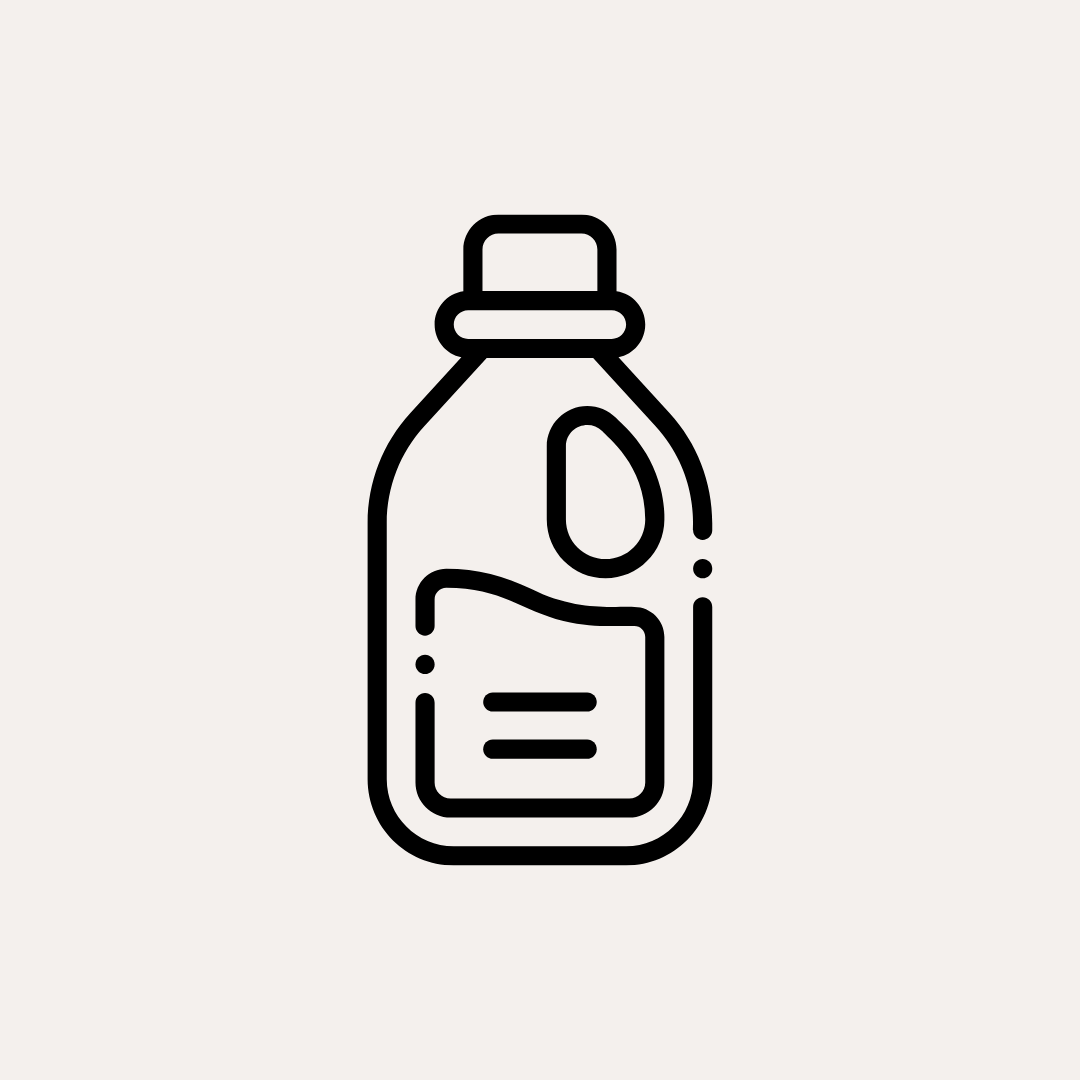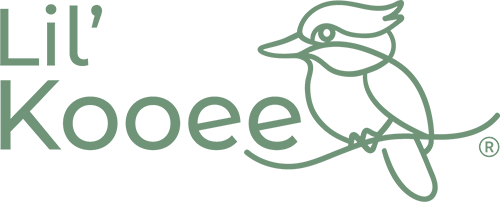
Sterilisation by Chemicals Guide
Here is Lil'Kooee's guide to sterilise our products using chemical sterilisation:
Step 1: Prepare Equipment and Space
- Wash your hands thoroughly with soap and warm water.
- Choose a clean container or sterilising tub large enough to fully submerge all bottles and accessories.
- Ensure the surface you place the container on is clean.
Step 2: Gather All Cleaned, Disassembled Bottle Parts
- Ensure you have completed an initial post-feed clean for all separated bottle parts.
- Please refer to our 'Initial Post-Feed Clean' Guide for further instructions
Step 4: Prepare the Chemical Solution
- Use a baby-safe sterilising solution or tablet (such as sodium hypochlorite-based or other approved solutions).
- Follow the manufacturer’s instructions for correct dosage and dilution.
- Fill the container with enough water to fully submerge all parts.
Step 5: Submerge Equipment
- Place all bottles and accessories fully in the solution.
- Ensure no air bubbles are trapped inside bottles or teats.
- Leave the items submerged for the recommended time (usually 30 minutes to 24 hours depending on the product).
Step 6: Remove and Rinse (If Required)
- Some chemical sterilising products require rinsing with cooled, boiled, or safe tap water after sterilisation—check the manufacturer’s instructions.
- Use clean tongs or hands washed immediately before handling the sterilised items.
Step 7: Dry Thoroughly
- Place sterilised items on a clean, dedicated drying rack and allow them to air dry completely.
- If your chemical steriliser container has a lid or built-in drying function, follow instructions to maintain hygiene while drying.
Step 8: Store Safely
- Once dry, store bottles and parts in a clean, covered container.
- Use within the recommended period stated by the steriliser manufacturer (often 24 hours at room temperature).
Extra Tips
- Inspect all bottles, teats, and valves for cracks or discoloration regularly.
- Always follow the chemical steriliser’s instructions carefully for dosage, timing, and rinsing requirements.
- Cold water chemical sterilisation is especially useful when boiling or steam sterilisation isn’t practical (e.g. travelling).


